Musculoskeletal Disorders
Hand, Wrist & Elbow Physiotherapy
PAGE CONTENTS
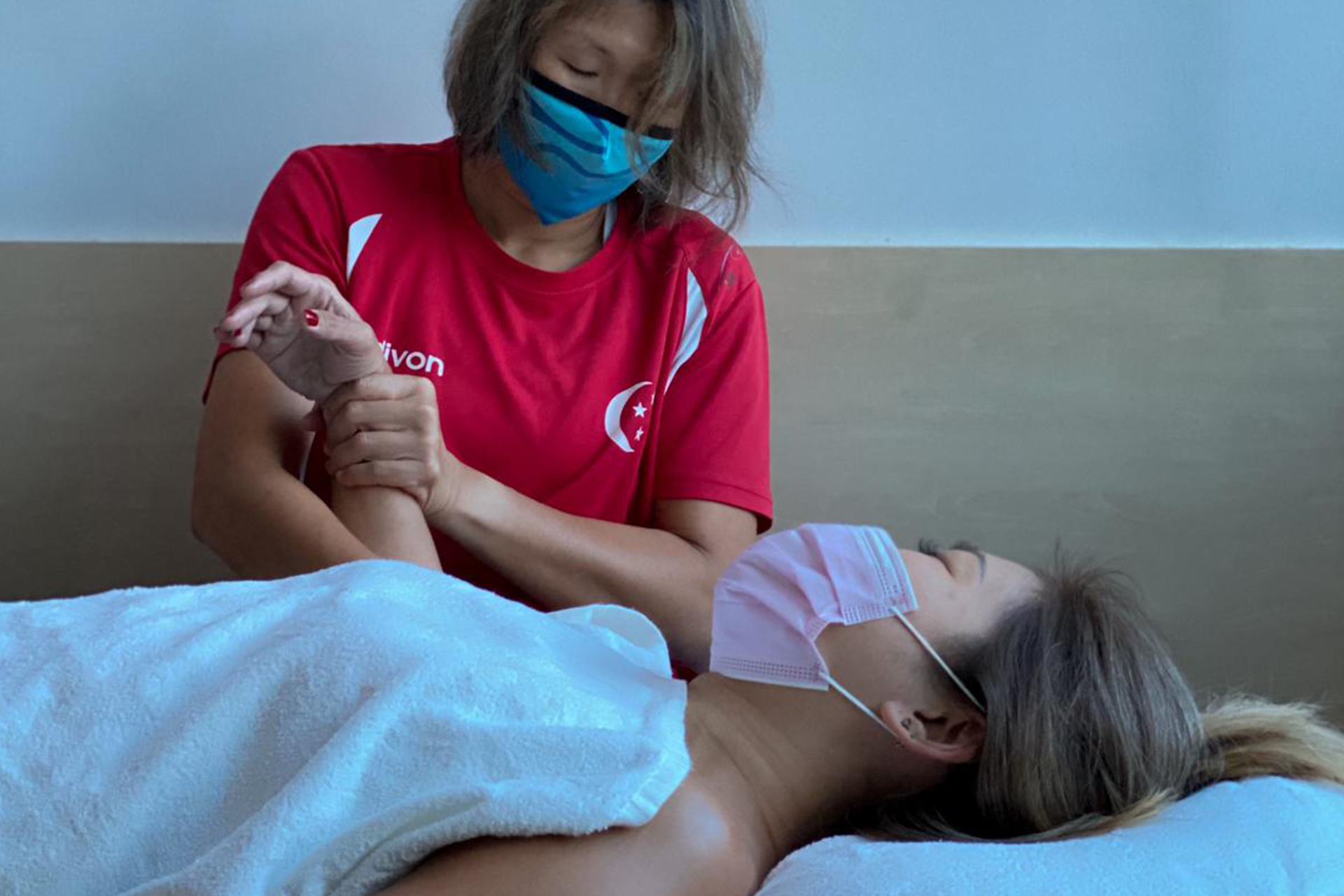
Arthritis, carpal tunnel syndrome, fractures, nerve injuries, post-op surgeries, tendonitis, or simple sprains have a couple of commonalities. Firstly, they typically occur when the mechanical stress required by a task exceeds the function of what the muscles can handle. Secondly, these musculoskeletal disorders are degenerative, a result of overuse with repetitive movements that create microtears in the muscles, ligaments, and tendons.
Musculoskeletal pain poses an incredible burden on global healthcare systems. The upper limbs are one of the most common sites of pain and dysfunction globally and in Singapore. In the modern digital workforce, occupational wrist pain, hand injuries, and elbow injuries are a mounting concern for employers and healthcare providers.
Even minor wrist injuries or disorders of the hand or elbow can cause pain and discomfort, lowering one’s quality of life and impeding the ability to be productive at both work and in life. Our knowledgeable physical therapy and rehab team works with patients daily suffering from standard hand and wrist injuries to more serious post-elbow surgical conditions. HelloPhysio also treats severe chronic and degenerative diseases like rheumatoid arthritis and osteoporosis.
Our physiotherapy team provides uncompromising care that combines treatments from across disciplines to create a continuum of care that drastically improves patient outcomes. Our experts specialize in diagnosing and treating hand, wrist & elbow conditions in adults, adolescents, and even young children. That’s what makes us Singapore’s leading and most trusted clinic for the physiotherapy treatment of musculoskeletal dysfunctions and soft tissue injuries.
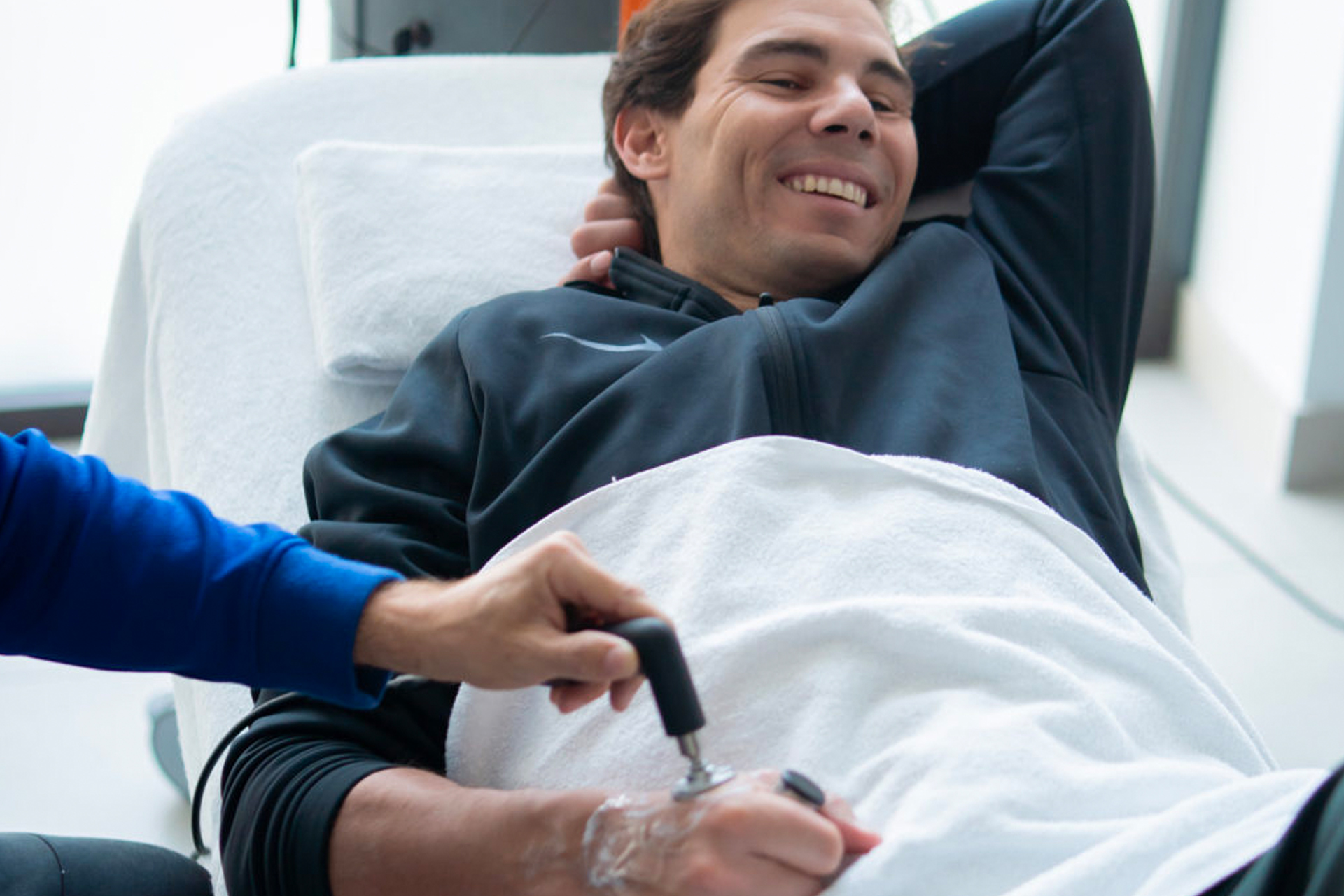
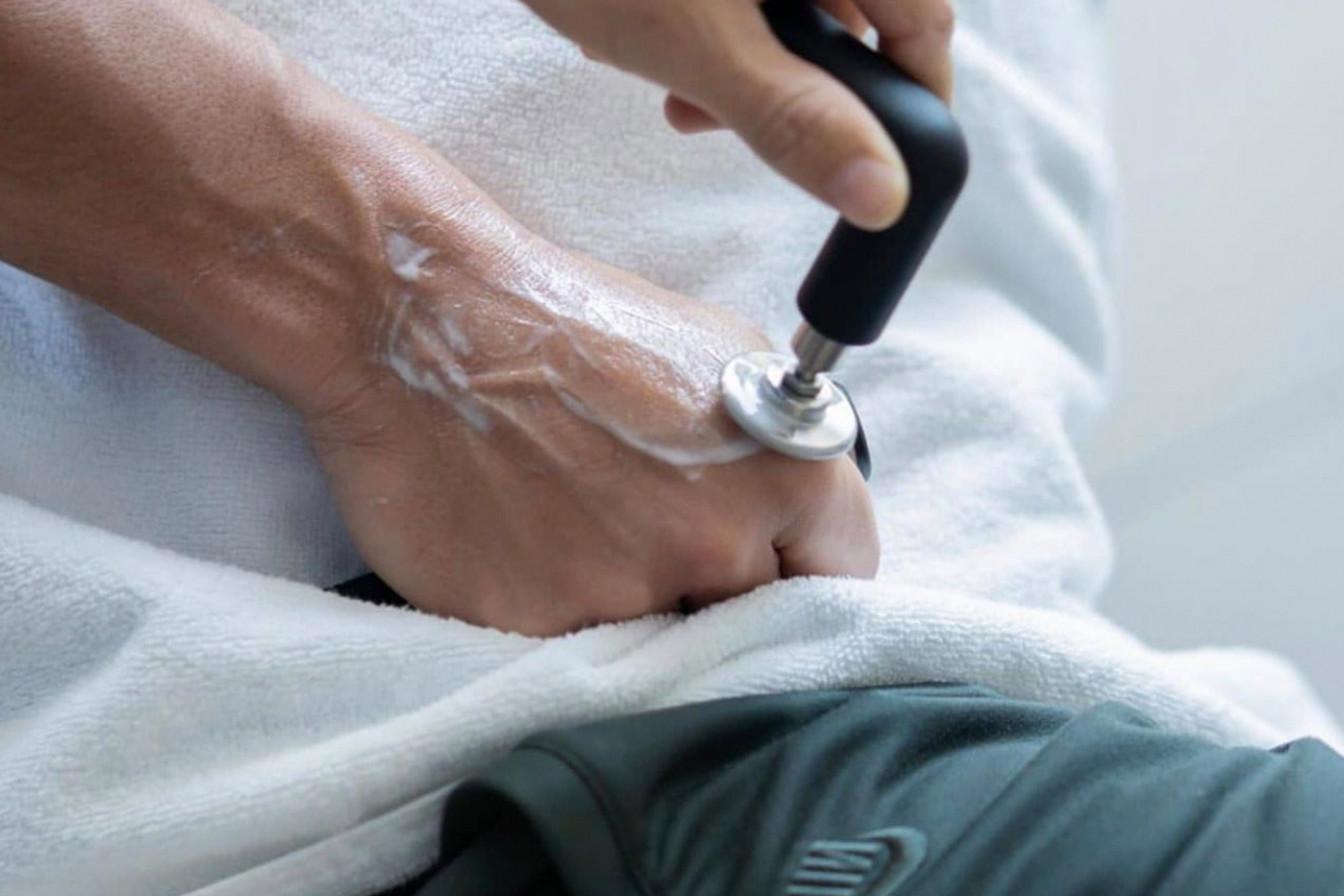
What Are Hand, Wrist & Elbow Musculoskeletal Disorders
Musculoskeletal disorders typically occur when the mechanical stress required by a task exceeds what one’s muscles can handle. This could be related to ligament or tendon strains from the simple notion of typing on the computer and phone all day, acute breaks and wrist fractures from a mishap, or inflammatory elbow disorders that produce significant pain. These conditions can result in substantial bone deterioration and degenerative processes, limiting the specific function of our upper limbs.
Hand, wrist, and elbow injuries can be very intense and painful in short spurts, and they can also sometimes be highly uncomfortable but long-lasting.
The first type of injury occurs when an individual overextends themselves in a short period. The second type of injury is frequently caused by minor issues that worsen over time. Without proper diagnosis, these niggling issues can create microtears or compound into more serious, chronic problems like muscular stiffness or tenosynovitis, an inflammation surrounding your joints caused by constant muscle stress.
The joints and cartilage that cause hand, wrist, and elbow disorders are divided into muscle injuries, tendon injuries, joint pain, and nerve conditions.
- Muscle Injury Muscle strains occur when the muscle is overextended, creating tiny tears in the muscle fibers. Continually overusing the muscle can worsen those microscopic tears, leading to inflammation and stiffness.
Muscle injuries can heal over time but develop scar tissue, resulting in long-term stiffness and reduced performance. These injuries can also disrupt your sleep patterns and affect fatigue levels if they become chronic. - Tendon Injury Tendons connect your muscle to bone and have little stretch or rebound. Tendon injuries are widespread, as misuse or overuse can lead to deterioration. Cells surrounding tendons create a fluid that lubricates the hand and wrist to keep the tendons moving smoothly. However, those cells can fail after overuse, creating stiffness around the tendon.
The most usually affected tendons are those of the fingers, thumb, forearm, elbow, and shoulder. Symptoms range from distinct achiness, stiffness, tightness, and burning sensations to a deep, non-specific ache. Grasp can be harmed when holding onto objects becomes difficult.
Tendon injuries in the wrist and hand are prevalent because of how we use our computers. You risk tendon injury when you type in unusual positions, repeat specific motions like clicking, or just use your computer for too long. The tendons in the wrist and hand are especially small, making them more prone to overuse injuries.
- Joint Pain Like muscle and tendon injuries, joint pain is often caused by overuse. Joint pain usually stems from wear and tear as the joint erodes. The elbow is particularly prone to joint pain and can be a symptom of arthritis.
Joint pain in the fingers may be indicative of joint inflammation or arthritis. Both osteoarthritis and rheumatoid arthritis commonly affect the joints of the fingers. Acute soft tissue injuries and trauma can also cause pain in the joints. - Nerve Injury Nerve injury can follow from significant injuries, like a broken arm. In those cases, the muscles’ nerves can be damaged by physical trauma and have difficulty healing. As the nerves are what transmit information to the brain, early symptoms of nerve injury include numbness, sudden loss of control of the arm, or occasional sharp pains.
Repetitive motions can also add to nerve compression or entrapment that causes pain. In conditions such as carpal tunnel syndrome, nerve pain may stem from diseases, from diabetes to hypothyroidism, that add to the pressure on the nerves.
At HelloPhysio, our physiotherapists and rehab specialists treat various soft tissue injuries daily, addressing common hand, wrist, and elbow injuries.

Common Types of Hand Injuries & Wrist Pain
- Arthritis Arthritis can strike any part of the body with a joint. In the hand or wrist, it can stiffen your movement and create pain. Reducing inflammation is critical when treating arthritis. Combining Dry Needling to target trigger points to increase blood flow around the affected joint, Red Light Therapy’s antiinflammatory effects and INDIBA’s subthermal effects improve cellular metabolism to induce the body’s natural anti-inflammatory mechanisms.
- Boutonnière Deformity An injury to the finger’s middle joint can stop that joint from straightening. This deformity can vary from being uncomfortable to painful and severely limits the motion of the affected finger. Your physiotherapist can provide rehabilitation exercises to soothe the joint and rectify the deformity over time.
- Carpal Tunnel Syndrome Repeated motions such as typing or sports activities can compress the nerves in the wrist, leading to numbness or pain in the hand and forearm. This nerve disorder tends to worsen over time if not treated. Red Light Therapy and Shockwave Therapy tested technologies that can reduce pain by penetrating the skin’s surface to stimulate cells deep in the tissue and increase circulation as a first step to relieve pain.
- de Quervain’s Tenosynovitis or Thumb Tendonitis Like many other injuries on this list, de Quervain’s Tenosynovitis is caused by repetitive motions and, in this case, overuse of the thumb muscle. This injury makes it challenging to ball up a fist, grasp objects, or turn your wrist. Noninvasive protocols include Shockwave Therapy to improve vascularization, which is the process of increasing blood vessels to the damaged tendons). This therapy enhances oxygen and nutrient uptake — the starting point of the body’s healing.
- Extensor Carpi Ulnaris (ECU) Tendonitis This injury affects the pinky end of your hand, running through your pinky finger and down to your wrist. It is a common injury for golfers, who often place stress on this muscle when swinging. ECU tendonitis takes time to heal. Combining complementary therapies from deep tissue massage therapy, Dry Needling, and Kinesio Taping alongside strengthening exercises can help you retrain your muscles to speed up recovery.
- Fractures and Dislocations Across the elbows, hands, and wrists, there are many joints and bones, big or small. An injury to any particular bone or joint can affect the rest of the arm. Shockwave Therapy is highly effective in treating bones, especially with delayed healing and nonunion fractures, by promoting osteoblasts, the cells responsible for new bone formation.
- Fractures and Dislocations Across the elbows, hands, and wrists, there are many joints and bones, big or small. An injury to any particular bone or joint can affect the rest of the arm. Shockwave Therapy is highly effective in treating bones, especially with delayed healing and nonunion fractures, by promoting osteoblasts, the cells responsible for new bone formation.
- Muscle Strain Occurs in the hands, wrists, or elbows because the body is overtaxing itself. Through electromagnetic waves, EMTT can provide relief to muscle soreness and remedy muscle injury.
- Repetitive Strain Injury Over time, repeated motions can strain and damage the muscles, tendons, and nerves in the hands, wrists, and elbows. A repetitive strain injury is a blanket term for these injuries, including carpal tunnel syndrome, tennis elbow, or other tendonitis. Our leading manual and adjunctive therapies can treat every type of repetitive strain injury.
- Rheumatoid Arthritis Unlike conventional arthritis, rheumatoid arthritis is an autoimmune disorder where the immune system mistakenly targets healthy cells, usually in the joints. Clinical Pilates can help strengthen the affected joints across the body, while LED light therapy and radial shockwave can reduce inflammation and discomfort, provide pain relief, and stimulate healing.
- Trigger Finger When a finger gets stuck in a bent position, it can either be stuck or snap straight out of your control. It occurs when the space around the tendons becomes inflamed, locking mobility. Stretching exercises and massage therapy can help restore function and prevent stiffness after healing.
- Wrist Sprain When the ligaments that support the wrist are overextended, they can tear, leading to wrist sprains. This occurs because of high impact, like trying to catch yourself with your hand when you fall. Dry needling can stimulate blood flow around the wrist, helping heal and ease the pain.
- Wrist Tendinopathy Just like any other tendon in the body, the wrist can suffer from tendonitis. Treatment is similar to other tendonitis solutions, including Red Light Therapy, Shockwave Therapy, strengthening exercises, or clinical massages.
Physiotherapy Treats Various Hand and Wrist Conditions
The hand and wrist are intricate systems of anatomical structures that function seamlessly together. Suppose you’re suffering from hand pain or are experiencing a wrist injury to the underlying structures. In that case, it can be debilitating for day-to-day activities, from simply typing on a computer to swiping a photo on a social feed.
Even with seemingly minor conditions, proper evaluation by a physiotherapy specialist is essential to reduce the risk of a more serious underlying issue. Hand and wrist pain may have multiple causes, including joint dysfunction, arthritis, sprains, fractures and dislocations, soft tissue or ligament injuries, tendinopathies, or ligament condition.
Alternatively, hand and wrist pain can come from a spine condition affecting the neck joint or a pinched nerve that presents in many carpal tunnels and ulnar nerve palsy conditions that can cause permanent nerve damage, loss of muscle strength, and function.
The goal of physiotherapy for the hand and wrist is to understand the underlying associated musculoskeletal dysfunction. This helps our team develop a proper treatment to reduce immediate pain and prevent long-term damage.
The good news is that most wrist pain and injury respond favorably to physiotherapy or other medical intervention. Do not delay consulting your healthcare practitioner if you experience wrist pain; some wrist conditions require surgery, so early assessment and intervention are essential.
The great news is that most hand and wrist conditions respond well to physiotherapy. But if you’ve experienced an injury, some hand and wrist conditions will require surgery, so an early assessment and intervention are critical to your musculoskeletal health.
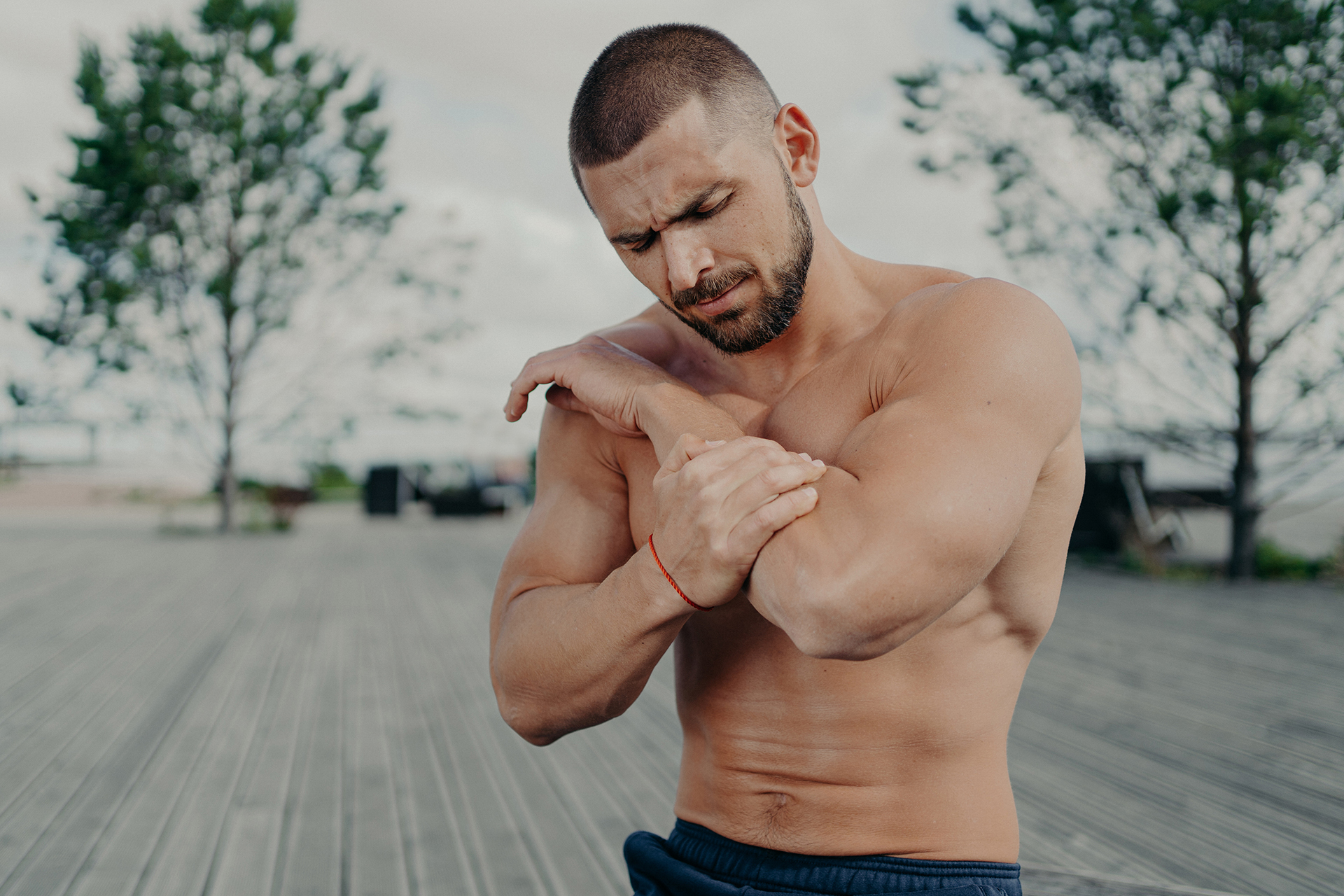
Elbow Conditions and Injuries
Most elbow injuries we see at our physiotherapy clinic are caused by overuse strain from sports injuries or repetitive motions that lead to soft tissue inflammation on the elbow joint.
Elbow soft tissue injuries are significantly more common in acute conditions, including weight-bearing activities that exert a force that counteracts another, like swinging a tennis racket, hitting a golf ball, or even swimming against the water.
In addition to overuse sports injuries, we see more musculoskeletal disorders in the digital age of office work. Whether you work in an office or are a “weekend warrior” who is mainly sedentary during weekdays but who exercises on weekends, you’re more apt to suffer a sports injury or repetitive strain injury. When your muscles and tendons get accustomed to a sedentary lifestyle and are not used to daily movement, they can become tight, making them more prone to tears and traumas.
Common conditions and elbow pain treatment include:
- Bursitis The bursa is a fluid-filled sack that sits as a cushion between significant joints, like the knee, shoulders, and elbows. After overuse, it can become inflamed, limiting motion in the afflicted area. Like any other inflammation, it can be treated with treatments that target specific areas, such as Shockwave Therapy to complement manual physiotherapy. Lymphatic drainage can also allow the body to regenerate tissue that supports healing by reducing swelling.
- Elbow Dislocation If the elbow joint suffers a great shock, it can separate. This typically occurs when someone tries to stop a bad fall and lands on their arm wrong. Physical therapy exercises can assist with rehabilitation and prevent the injury from recurring.
- Elbow Joint Osteoarthritis Osteoarthritis is slightly different from arthritis, as it refers explicitly to conditions where the end of the joint is worn down by wear and tear. Elbow joint osteoarthritis will weaken the overall strength of the arm, which can be corrected through targeting training exercises provided by your physiotherapist as well as shockwave ultrasound treatment as a noninvasive therapy.
- Golfer’s Elbow or Flexor Tendinitis The primary symptom of flexor tendonitis is pain inside the elbow and forearm. The pain comes from the inflammation of tendons in the area because of degeneration from overuse and overexertion. A physio treatment plan may include Dry Needling for myofascial release to loosen muscles, stretching exercises to realign collagen fibers, and radiofrequency and shockwave therapies to break scar tissue adhesions.
- Ligament Sprains If the arm is twisted or moved too quickly, the ligaments in the elbow can tear, leading to a sprain. Your physiotherapist can design a catered stretching and strengthening regimen to help your elbow heal properly and Sports Massage Therapy to prevent further injury.
- Muscle Strains The muscles around the elbow can tear after overuse or overexertion. Clinical pilates or other strengthening regimes can help your elbow heal and reduce repeated injury.
- Olecranon Stress Fracture The tip of your elbow, like other bones, can become fractured. This specific fracture usually occurs because the muscles surrounding the elbow tip are not absorbing impact correctly, sending the forces to the bones in the elbow instead. Muscle retraining can help to build up those muscles to absorb impact better.
- Tennis Elbow or Lateral Epicondylitis As its name suggests, tennis elbow is very common in tennis players. This is because the specific motion of swinging the racket leads to overuse of the tendons in the elbow. Radial ultrasound shockwaves provide targeted pain relief for tennis elbow and can help improve functional impairments for patients with tennis elbow.
- Ulnar Collateral Ligament (UCL) Injury Athletes who typically have to throw objects overhead can get a UCL injury, where the ligaments on the inside of the elbow tear from overuse. Muscle retraining is also vital to prevent the injury from worsening, and taping the thumb can reduce pressure on the inside of the elbow. Focused shock wave therapy and radiofrequency can be highly beneficial in breaking down scar tissue for an improved range of motion following UCL reconstruction surgery.
- Ulnar Neuritis: We get a strong reaction when we strike our funny bone because we are hitting a nerve. Damage to the elbow can lead to numbness in the hand. Stretching exercises and targeted sports massages can reduce compression. Noninvasive ultrasound and laser therapy can improve the clinical outcomes of ulnar neuropathy at the elbow.
- Valgus Extension Overload or Pitcher’s Elbow Valgus extension overload occurs when repeated microtrauma compounds within the elbow, leading to pain and limited mobility. Your physiotherapist can help you through strengthening and stretching exercises to restore mobility and function to the arm.
If your elbow pain hinders sports performance, reduces your range of motion, or creates numbness in the arm or hands, make an appointment for an initial elbow physiotherapy session. An accurate assessment may be the first step in determining whether noninvasive physiotherapy rehab and leading adjunctive technologies may be an option before surgical intervention.
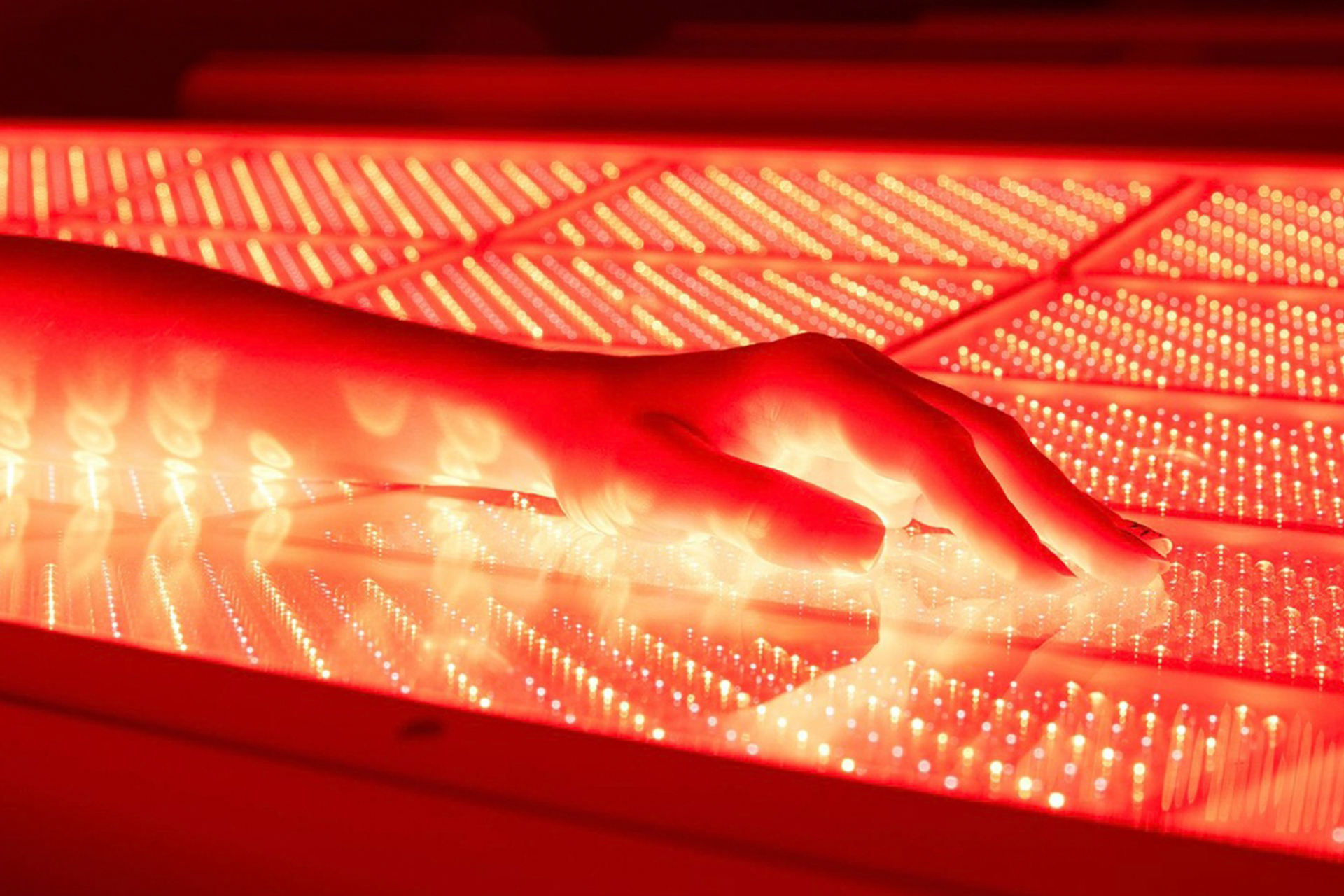
What Are the Most Common Sports-Related Hand and Wrist Injuries?
Hand and wrist injuries can be categorized into two groups: overuse (chronic) or traumatic (acute). Athletes that play sports that involve contact, like rugby or football, are more prone to traumatic hand or wrist injuries, as those are usually caused by sudden impact. Athletes that play sports that use repetitive motions like tennis or badminton are more likely to get overuse injuries in their hands or wrists, as consistent microtraumas wear down the body.
Traumatic injuries include joint dislocations, broken bones, tendon inflammation, or ligament tears. It’s hard to prevent traumatic injuries, as sports necessitate some level of risk. A traumatic wrist injury could recur if proper treatment isn’t given through rehabilitation or physiotherapy. Traumatic injuries in the hand and wrist can occur in sports that don’t even use the upper body, like running. A bad fall can lead to a wrist sprain or, worse, an elbow dislocation.
Chronic dysfunctions are more common in tennis or badminton, for example, where the high impact of the ball or swift movements is transferred from the racket. These chronic injuries may not seem as severe as acute sports injuries, but long term, they will affect performance.
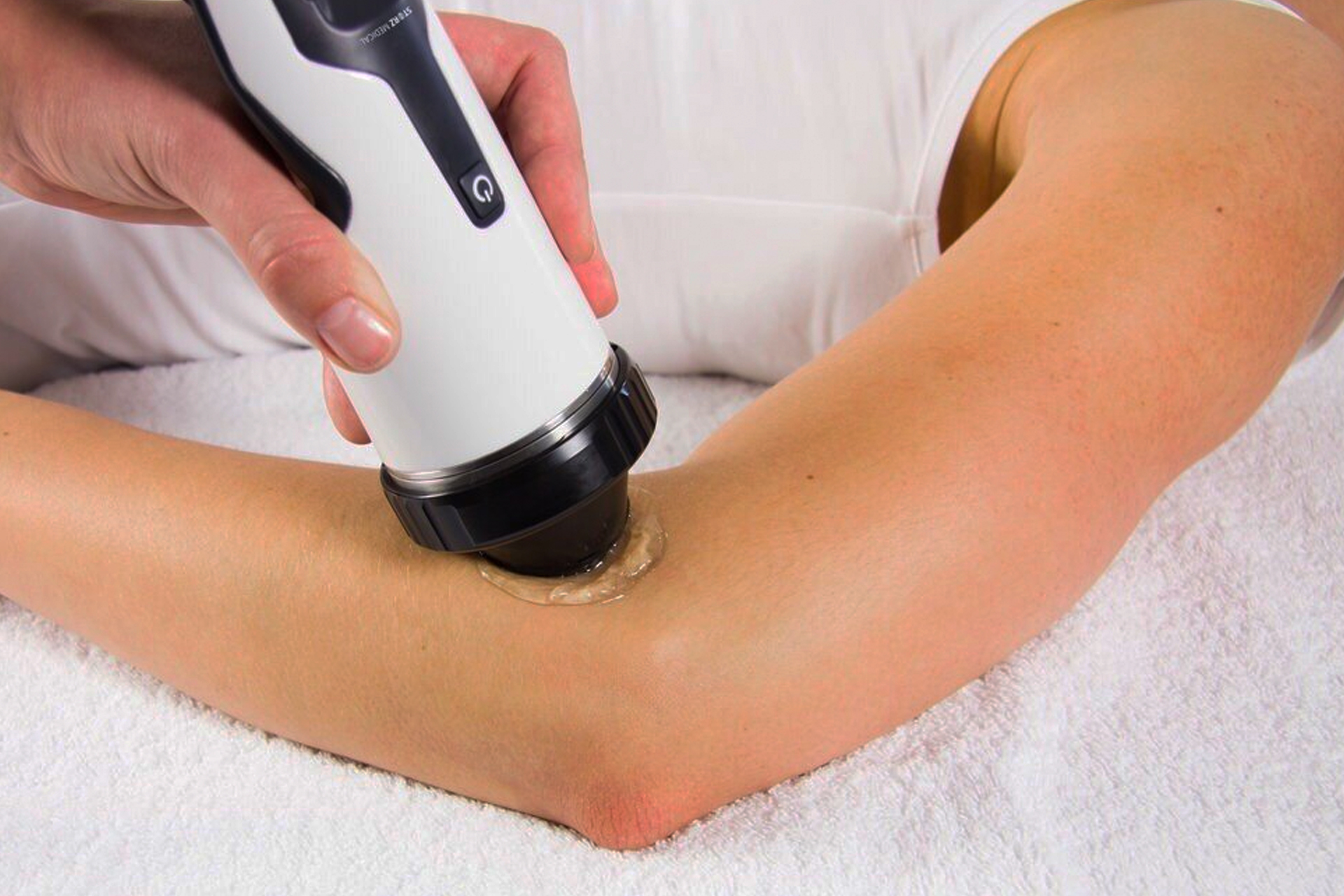
Depending on your hand, wrist, or elbow disorder, HelloPhysio brings the latest in evidence-based manual physio treatments and groundbreaking technologies as part of our arsenal of sports injury treatments. The goal of these therapies works together to break scar adhesion, relieve pain, improve mobility and range of motion, and strengthen the muscles surrounding the joint. Our treatments at our sports physiotherapy clinic are also especially integral to orthopedic post-surgical rehabilitation.
What Can a Physiotherapist Do for You?
A physiotherapist specializes in mobility, movement patterns, and pain management. They can assess, diagnose, and treat various musculoskeletal disorders to improve range of motion, reduce pain, and improve strength.
Hand, wrist, and elbow injuries can be frustrating to deal with. With the help of HelloPhysio, our occupational specialists and physiotherapy team will work with you to create a continuum of care treatment program for your condition.
Physiotherapy can also help to prevent further injury by providing education on how to properly manage your hand, wrist, or elbow conditions like carpal tunnel or tennis elbow.
HelloPhysio provides uncompromising care backed by leading clinical research and the latest technologies. Surgical options may be suggested depending on the severity of your injury,
Contact HelloPhysio today for an appointment or to learn more about our comprehensive approach to rehabilitative treatments and your road to recovery.
